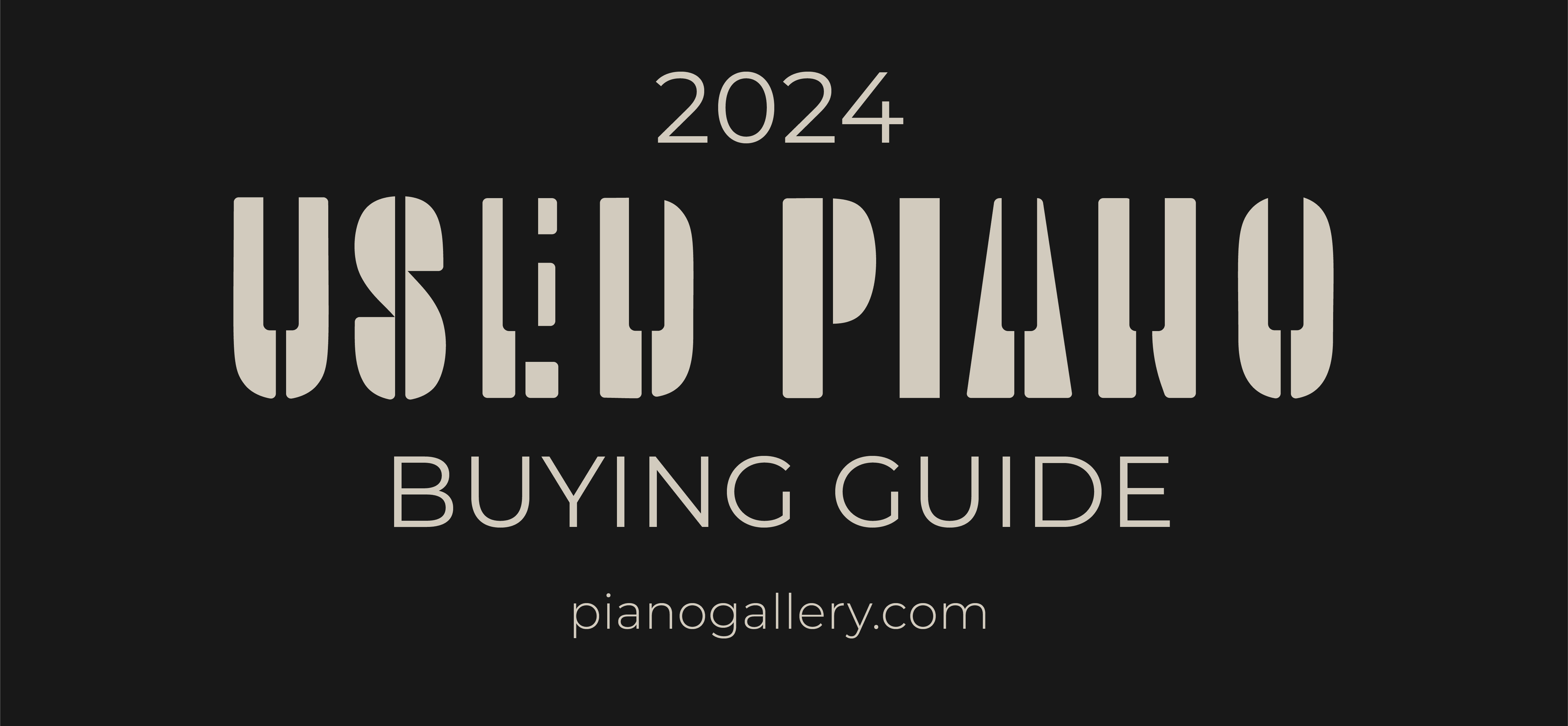
2024 Used Piano Buying Guide
Pianos are well-regarded as holding their value well, making used pianos a popular purchase, especially for new piano buyers or those looking to upgrade their pianos without a significant financial investment. Many pianos can hold their value well over 30-50 years, making them a great multi-generational investment or a reasonable second-hand purchase.
In this guide, you will learn what to look for when shopping for a used piano, which parts of a used piano can be repaired or replaced (and which can’t), what brands of pianos are good as used pianos, and how to test a used piano before buying it.
Do you have any questions we didn’t answer? Let us know in the comments below or contact us to speak with a piano expert.
Quick Links:
What to Look for When Buying a Used Piano
What Parts of a Used Piano Can be Repaired?
What Parts of a Used Piano Cannot be Replaced or Repaired?
What to Look for When Buying a Used Piano
It can be daunting to shop for a used piano, especially when you don’t have a lot of experience with used piano quality or piano structure. Buying a used piano can be a great way to get a quality instrument at a more affordable price. However, there are several key factors to consider ensuring you get a good deal and a piano that meets your needs. When shopping for a used piano, it’s important to consider:
1. Piano Brand
Look for quality brands such as Yamaha, Bösendorfer, Steinway & Sons, Kawai, and Wm. Knabe & Co. A higher quality piano means higher quality parts that won’t degrade as quickly over time.
2. Overall Condition
- Cosmetic Damage: Check for any external damage like scratches, dents, or cracks in the wood. While some cosmetic issues may not affect the sound, they can give you an indication of how well the piano has been cared for.
- Soundboard & Bridge: Look for cracks or signs of warping in the soundboard, as these can significantly affect the sound quality. Also, check the bridges for cracks or separation from the soundboard.
- Strings & Tuning Pins: The strings should not show signs of rust or excessive wear. The tuning pins should be tight; loose tuning pins can be a sign of the piano being unable to hold a tune.
3. Feel of Keys & Pedals When Played
Play every key to make sure they all produce sound and feel consistent in their response. The action (the mechanism that produces sound when a key is pressed) should feel comfortable and not too heavy or light. Look for sticking keys or any that are out of alignment.
Test all pedals to ensure they work correctly. Common pedals include the sustain pedal (right), soft pedal (left), and sometimes a sostenuto pedal (middle). They should engage smoothly without squeaking or sticking.
4. Age of the Piano
A piano’s reasonable life–that is, the period of time it will produce quality touch and tone–can vary from 20 years to 100 years. Only the finest handmade pianos can be expected to still perform well after 70 years, where most mass-produced pianos have a life expectancy middling around 50-65 years, depending on how well the piano was cared for.
Find the serial number and research the make and model to determine the piano’s age. This can give you an insight into its history and potential longevity. Older pianos may require more maintenance.
5. Buzzing, Rattles, or Severely Out of Tune Keys
While any used piano you’re considering buying may be out of tune (though buying a used piano from a dealership usually means the piano has been tuned and cleaned up), a buzzing, rattle, or a severely out of tune key (especially if it sounds like two notes playing at the same time) can be a sign of something that needs to be fixed.
6. What’s Parts May be Fixable (and What May Not Be)
Some aspects of a used piano can be easily fixed or updated, such as repairing piano keys or fixing cabinet blemishes. Some pieces, however, are costly to repair and in some cases would take rebuilding the entire piano to complete. Below, we detail which parts of a used piano can often be repaired when needed and which defects are usually difficult/costly to repair.
If possible, have a piano technician inspect the piano before purchase. They can check for issues less visible to the untrained eye, such as the condition of the pinblock, hammers, dampers, and internal structure.
What Parts of a Used Piano Can Be Repaired?
When considering purchasing a used pianos, there are some repairs that may be required. It’s important to know what can be reasonably repaired and what can’t, especially if you’re purchasing a used piano from a private seller and not a reputable piano store. The following are repairs that can typically be repaired or replaced on a used piano:
- Cabinet Blemishes – these can usually be filled. They can also often be refinished, buffed, etc.
- Key Replacement – synthetic ivory or black keys
- Missing, broken, or tarnished strings – these can sometimes be replaced, but will go out of tune more easily and will result in a tone that doesn’t match the other strings unless they are all replaced
- Loose Tuning Pins – Tuning pins are the pins piano strings wind around and that are turned to tune a piano. A loose pin results in looser, flat strings that cannot be tuned since it cannot hold a turn. You’ll hear a severely out of tune note, or even a key that plays two distinct notes at the same time. These pins can sometimes be tightened with special glue or can be replaced with a slightly larger pin.
- A Cracked Soundboard – because traditional soundboards are multiple boards glued together, this soundboard can become cracked in temperature or humidity fluctuations. A cracked soundboard often causes ribs to become loose, which can produce a buzzing sound. In some cases, this can be fixed by a technician re-securing the ribs.
- Hammer Felt – look for deep grooves. Sometimes layers of felt can be carefully removed to create a smooth hammer surface. However, eventually there won’t be many layers of felt left to work with (or on treble strings there is less felt to begin with), and felt can’t be easily replaced (see below).
What Parts of a Used Piano Cannot be Easily Replaced or Repaired?
- Pinblock – this is the part of the piano that holds the steel tuning pins around which the piano strings wind. When the tuning pins begin getting loose, it can be a sign that the pin block is deteriorating. Other flaws are, more obviously, cracks or missing pin blocks. Replacing a pinblock requires a rebuild and is often not worth it in most used pianos.
- Piano Bridges – bridges have tiny pins that the strings lay agains to help resonate sound through the soundboard. These bridges are not easily repaired and can be very costly to recreate.
- Hammers – piano hammers are not a simple or inexpensive to replace. If a potential used piano’s hammers are broken or have felt worn through to the wood, it may not be worth the cost to get the hammers replaced.
Do you have any questions about purchasing a used piano? Let us know in the comments below or by sending us a message!
What are Good Brands of Used Pianos?
When looking for a used piano, the brand can significantly impact the instrument’s quality, longevity, and sound. Some brands have built a reputation for excellence over the years, making their pianos sought after even in the used market. Here are some top brands you might consider when shopping for a used piano:
- Steinway & Sons: Renowned for their exceptional craftsmanship and rich, powerful sound. Steinway pianos are often considered the gold standard in the piano world.
- Yamaha: Known for their consistent quality and durability. Yamaha pianos are popular among both beginners and professionals. Their U series uprights and C series grands are especially well-regarded.
- Kawai: Offers excellent sound quality and innovative designs, particularly in their action mechanism. Kawai pianos are appreciated for their touch response and tonal clarity.
- Bösendorfer: Famous for their luxurious sound and extensive key range in some models. Bösendorfer pianos offer a unique, rich, and resonant tone.
- Mason & Hamlin: Known for their powerful bass and overall robust sound. Mason & Hamlin pianos are built to high standards, with some models rivaling Steinway in quality.
- Baldwin: Once among the largest US piano manufacturers, Baldwin pianos are praised for their expressive sound and build quality.
- Fazioli: Offers exquisite handmade pianos that are highly regarded for their superb quality and rich, powerful sound. Fazioli pianos are considered among the best in the world, though they are less common in the used market due to their newer entry and high price point.
- Bechstein: A German brand known for its elegant design and expressive sound quality. Bechstein pianos are highly sought after by classical musicians.
The condition and maintenance history of a used piano can significantly affect its performance and longevity, sometimes more so than the brand alone.
How to Test a Used Piano Before Buying It
Test-playing a used piano before buying is important for discerning whether the piano is of good quality and if its touch and tone are conducive to your personal preferences. Even if you’re not an experienced pianist, you can follow these guidelines to assess a piano’s condition and sound quality. Here’s how to effectively test-play a used piano:
1. Inspect the Keyboard Condition
Check for any obvious signs of damage or wear. Ensure the keys are level, clean, and without cracks. The keys should be uniformly white (or off-white for older pianos) without yellowing or chips.
2. Play Each Key to Evaluate Action
Gently play every key from one end of the keyboard to the other. Listen for any that don’t produce sound, stick, or have a delayed response. The action should feel consistent across all keys. Notice if any keys feel significantly heavier or lighter than others. Try playing the same note repeatedly and quickly to check if the action can keep up without lagging.
3. Evaluate the Sound
Listen to the tone of the piano. It should be clear and full. High notes should be crisp, and low notes should be rich without sounding muddy. Play a note firmly and hold it, listening to how long the sound sustains before fading. A good sustain indicates a healthy soundboard and strings.Play chords in various sections of the piano to assess the harmonics and resonance. All notes should blend well together without any dissonance, unless intended.
4. Press the Pedals
- Sustain Pedal (Right): Press this pedal and play some notes. The sound should sustain after you release the keys. Release the pedal to ensure the sound stops immediately.
- Soft Pedal (Left): This pedal softens the sound. Play with and without the pedal pressed to notice the difference.
- Sostenuto Pedal (Middle, if applicable): This pedal sustains only the notes that were being held down when the pedal was pressed, allowing for selective sustaining. Test this by holding down a few notes, pressing the pedal, playing additional notes, and releasing the first notes to see if the sustained ones continue to sound.
6. Play a Variety of Music
If you can play, try pieces from different genres to test the piano’s versatility. Play softly and loudly to test the piano’s dynamic range. The piano should respond well to variations in touch.
Test-playing a used piano is about more than just confirming it works; it’s about feeling a connection to the instrument and ensuring it meets your musical needs and expectations. Take your time, and don’t rush the decision.
***This article was originally published in January 2018 and was updated in March 2024 for more complete, useful, and up-to-date information.
-
Sale!
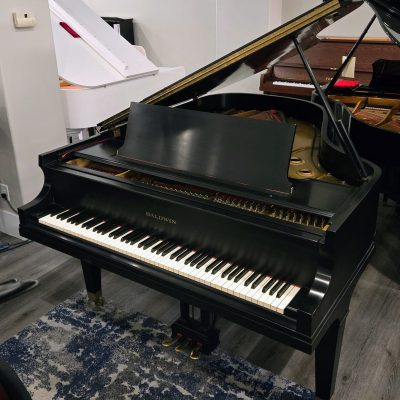
American-Made Baldwin L 6’3″ Artist Grand Piano in Satin Ebony – St George
Original price was: $28,400.00.$15,495.00Current price is: $15,495.00. -
Sale!
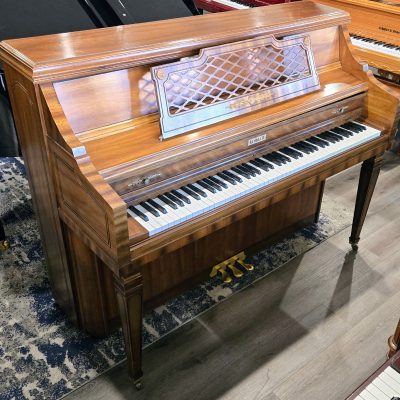
American-Made Kimball Console Piano – St George
Original price was: $3,812.00.$1,995.00Current price is: $1,995.00. -
Sale!
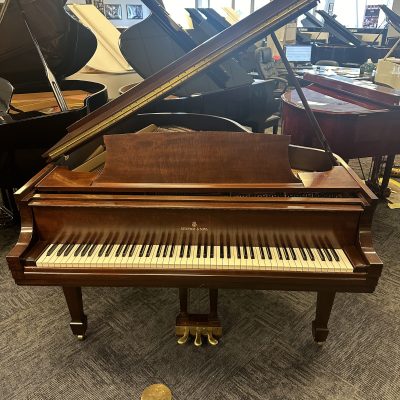
Beautiful Steinway Model M – Murray
Original price was: $22,995.00.$18,995.00Current price is: $18,995.00. -
Sale!
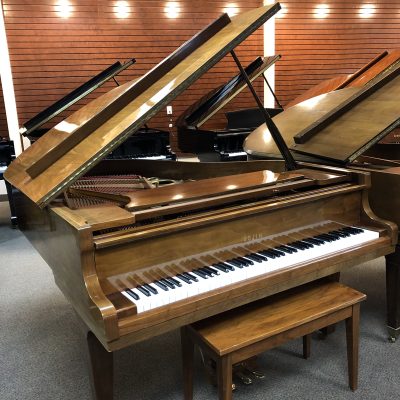
Beautiful Walnut Sojin Parlor Grand Piano – Orem
Original price was: $10,000.00.$6,999.00Current price is: $6,999.00. -
Sale!
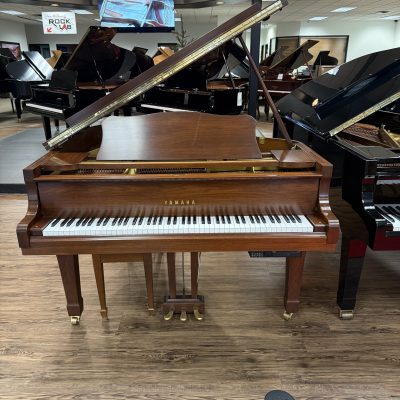
Beautiful Yamaha Baby Grand Piano with Disc Player Satin American Walnut – Orem
Original price was: $33,699.00.$14,895.00Current price is: $14,895.00. -
Sale!
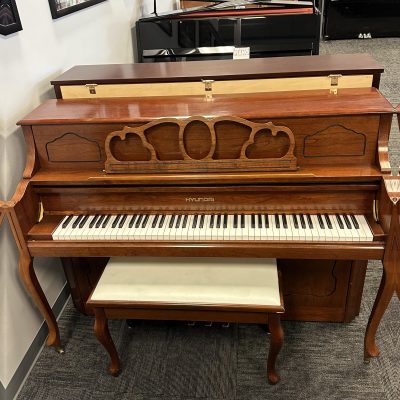
Budget Friendly Hyundai Preowned Upright Piano – Murray
Original price was: $2,995.00.$2,495.00Current price is: $2,495.00. -
Sale!
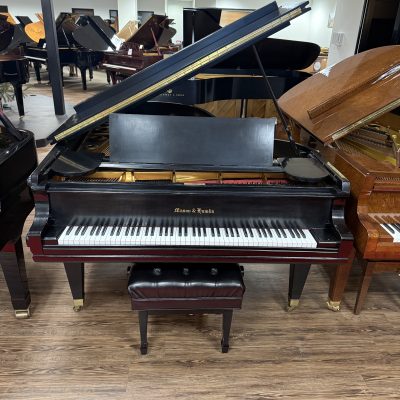
Classic American Handmade Mason & Hamlin 7′ Semi-Concert Grand – Orem
Original price was: $45,769.00.$24,899.00Current price is: $24,899.00. -
Sale!
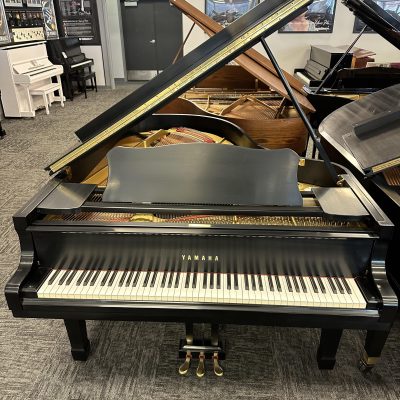
Elegant Preowned Yamaha C5 Grand Piano – Murray
Original price was: $13,995.00.$11,995.00Current price is: $11,995.00.
About the Author
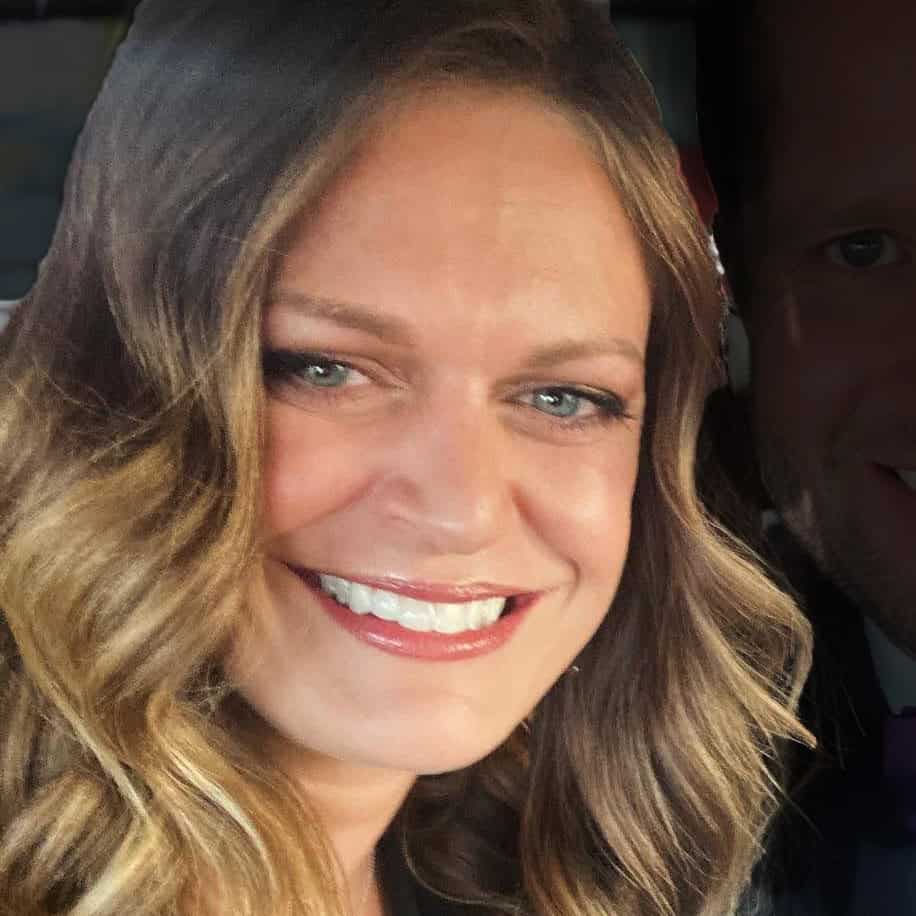
Mikelle Despain
Piano Insights Author
Mikelle is a classically trained pianist and piano teacher who has been in the piano retail industry for over 20 years. Her dream piano is a Yamaha S5X. She currently provides expert insights for Piano Gallery to share information and advice for buying, playing, and enjoying the piano. When she's not writing or playing piano, she's spending time with her four kids, tending her vegetable garden, boondock camping, hiking, or cooking for friends.
Further Reading...
Baby Grand Piano Buying Guide
Baby Grand Piano Buying Guide Baby grand pianos are a smaller version of a traditional grand piano. They are typically 5’ to 5' 6” in length (from the tail to the keyboard). High-quality baby grand pianos, such as the popular Yamaha C1X hold their value extremely...
Igniting a Love for Piano: A Teacher’s Journey to Reach Her Reluctant Student
As a piano teacher, I’ve had the pleasure of guiding many young students on their musical journey. But sometimes, as with any learning path, not every student is initially thrilled with the idea of practicing an instrument. I recently had the privilege of working with...
2024 Guide: Best Grand Pianos For Your Family
© Piano Gallery 2024“When I had nothing else, I had my mother and the piano. And you know what? They were all I needed.” Alicia Keys Buying a grand piano for your family is no casual matter. People develop deep connections with musical instruments that often start at...
What is the Difference Between a Baby Grand Piano and Grand Piano?
Grand pianos and baby grand pianos are the epitome of a classic icon in music. With their elegant curves, propped lids, and exposed strings and soundboard, their beauty is often one of the first things people think of when considering a grand or baby grand piano. In...
2024 Best Beginner Pianos: A Complete Guide to Buying a Beginner Piano
© Piano Gallery of Utah 2024 If you’re looking to add a piano to your home for yourself or family members to learn to play on, then get ready for an exciting journey. Playing the piano is a lifelong passion for most players and brings music and joy to the home, as...
How Much Does a Baby Grand Piano Cost?
A baby grand piano is often chosen by musicians and enthusiasts not only for its elegant aesthetic, which enhances any room, but also for its rich, resonant sound quality that is superior to that of smaller pianos. Despite being more compact than a concert grand, a...
How Much Does a Piano Cost?
The cost of a piano varies widely based on its type, brand, condition (new or used), and the intricacies of craftsmanship involved in its manufacturing. In this article, our piano experts share price ranges for the main types of pianos, explain what impacts the...
Complete Yamaha Disklavier Guide for 2024
In music, innovation often means striking a balance between preserving traditional craftsmanship and embracing modern technology. Yamaha, world renowned for its instruments, has mastered this balance with its Disklavier pianos, which combine a rich, resonant, classic...
Buying a Piano for Christmas? 12 Ideas for Surprising your Family with the Piano
A piano is one of the most memorable Christmas gifts your family can receive. Unlike some gifts, it's not played with for a few weeks then forgotten, it doesn't disappear into a closet until spring cleaning, it isn't quickly replaced by a new obsession or hobby, and...
10 Resolutions for Piano Players in 2024
For many of us, New Year's resolutions are heavy with responsibility, usually including health and exercise, work and finances, and even family relationships. One thing often overlooked in the resolution process is fun hobbies or passions such as playing the piano....
How a Grand Piano Works
If you're a piano player, can feel the magic of a grand piano as you play, your fingers moving across the keyboard with nuanced strokes that bring beautiful music that resounds through the instrument. Behind its elegant exterior lies a complex mechanism that...
A Guide to Buying a Piano as a Family Christmas Gift
The holiday season is a time of joy, togetherness, and creating lasting memories with our loved ones. If you're searching for a gift that will bring joy into your home, consider the timeless and elegant gift of a piano. How to Buy a Piano as a Gift Even though the...



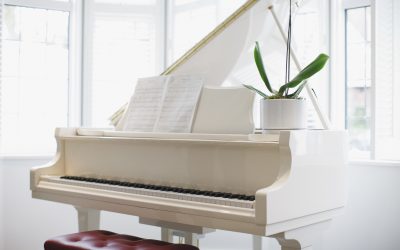

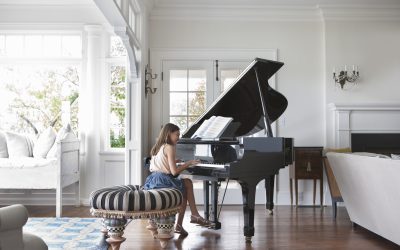

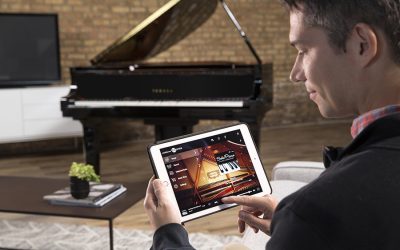


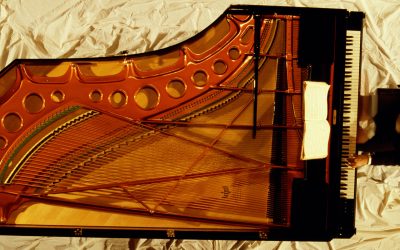
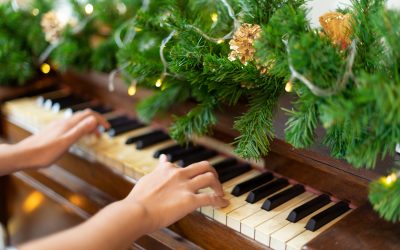
Any suggestions for my old baby grand that is too expensive to repair. I’d give it to a shop for parts or a woodworker for the wood.